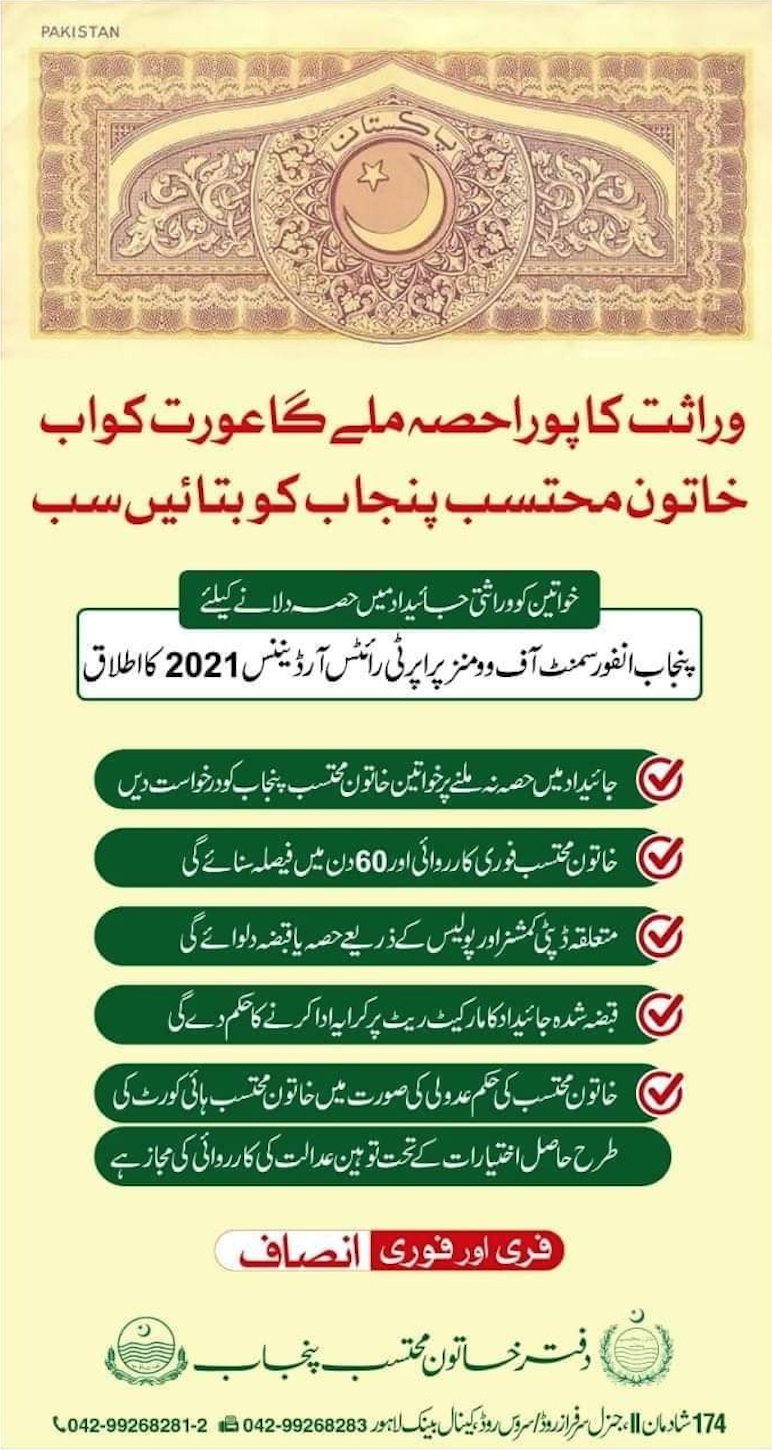
Domestic Violence and its Law in Pakistan
- 3 Nov, 2023
Domestic violence, or intimate partner violence, is defined by the American Medical Association as a pattern of physical, sexual and/or psychological abuse by a person with whom the victim has had an intimate relationship.
Pakistan is ranked by the Global Gender Gap Index 2018 as the sixth most dangerous country in the world for women and the second worst in the world (ranked 148th) in terms of gender equality. The number of recorded cases of sexual crimes and domestic violence is rapidly rising.
There are different types of domestic violence in Pakistan; these are physical abuse and psychological violence.
Physical violence includes: Abduction, rape, forced conversion and marriage of women from minority communities, dowry deaths, acid attacks and honor killing, whereas the psychological violence includes yelling, insulting, controlling behavior and threating.
Before 2016, in Pakistan, there is no law on domestic violence. But in 2016 all the provinces enacted law on the protection of domestic violence on woman. The law which was passed by Punjab is called the Punjab Protection of Women against Violence Act, 2016. The PPWVA is not strictly a penal statute; rather it aims to counter violence by establishing a protection and rehabilitation system for women trapped in abusive relationships. It covers a broad range of violence including sexual, psychological, economic, stalking and cybercrime.
Victims of domestic violence can approach a Court themselves, or through the Women Protection Officers, to obtain Interim, Protection, Residence or Monetary Orders to prevent further violence, retain the right to reside in the marital home, and obtain maintenance from the accused. The period of validity of an Order will be defined by the Court.
Interim Orders can be passed by the Court at any stage of proceedings under this Act. Terms of an Interim Order can include protection; right of residence and monetary benefits for the victim, while trial is pending or ongoing.
Protection Orders order the accused not to have any communication and stay a specific distance away from the victim, surrender any firearms, and refrain from attempting to cause harm to her.
Residence Orders can be passed by the Court to ensure that the accused or members of his family do not evict the victim from her marital home. If the victim wishes, she can be relocated to the dar-ul-aman or other location of her preference, if she fears violence from the accused person or his family.
Monetary Orders direct the accused person to pay monetary relief to the victim to meet expenses incurred by her due to, e.g. loss of earning, medical expenses and any other harm suffered. Monetary Orders can also include maintenance for a specified period of time.
Violation of the terms of any Order mentioned above can result in imprisonment of up to 1 year, or fine ranging from Rs. 50,000 to Rs. 200,000.
The Act provides for setting up Violence against Women Centre, which will provide all essential services to ensure speedy reporting of crimes, registration of cases, timely medical examinations, and collection of forensic and other evidence. Services provided for survivors of violence include counseling, medical care, legal aid, coordination with local law enforcement agencies, and temporary shelter at dar-ul-aman.
Women Protection Officers, the District Women Protection Officer, and District Women Protection Committees are authorized to take notice of cases of violence, collaborate with police to investigate allegations, rescue victims from their residence, make arrangements to protect victims, supervise the working of the Protection Centre and shelter home, and implement and monitor the protection system in the district.
Obstructing the work of a Woman Protection Officer is punishable with imprisonment of up to 6 months and fine of up to Rs. 500,000 or both.









Lorem ipsum dolor sit amet, consectetur adipiscing elit. Nam viverra euismod odio, gravida pellentesque urna varius vitae, gravida pellentesque urna varius vitae. Lorem ipsum dolor sit amet, consectetur adipiscing elit.
Dec 6, 2017
ReplyLorem ipsum dolor sit amet, consectetur adipiscing elit. Nam viverra euismod odio, gravida pellentesque urna varius vitae, gravida pellentesque urna varius vitae.
Dec 6, 2017
ReplyLorem ipsum dolor sit amet, consectetur adipiscing elit. Nam viverra euismod odio, gravida pellentesque urna varius vitae, gravida pellentesque urna varius vitae.
December 7, 2017
ReplyLorem ipsum dolor sit amet, consectetur adipiscing elit.
December 11, 2017
Lorem ipsum dolor sit amet, consectetur adipiscing elit.
December 13, 2017
Reply